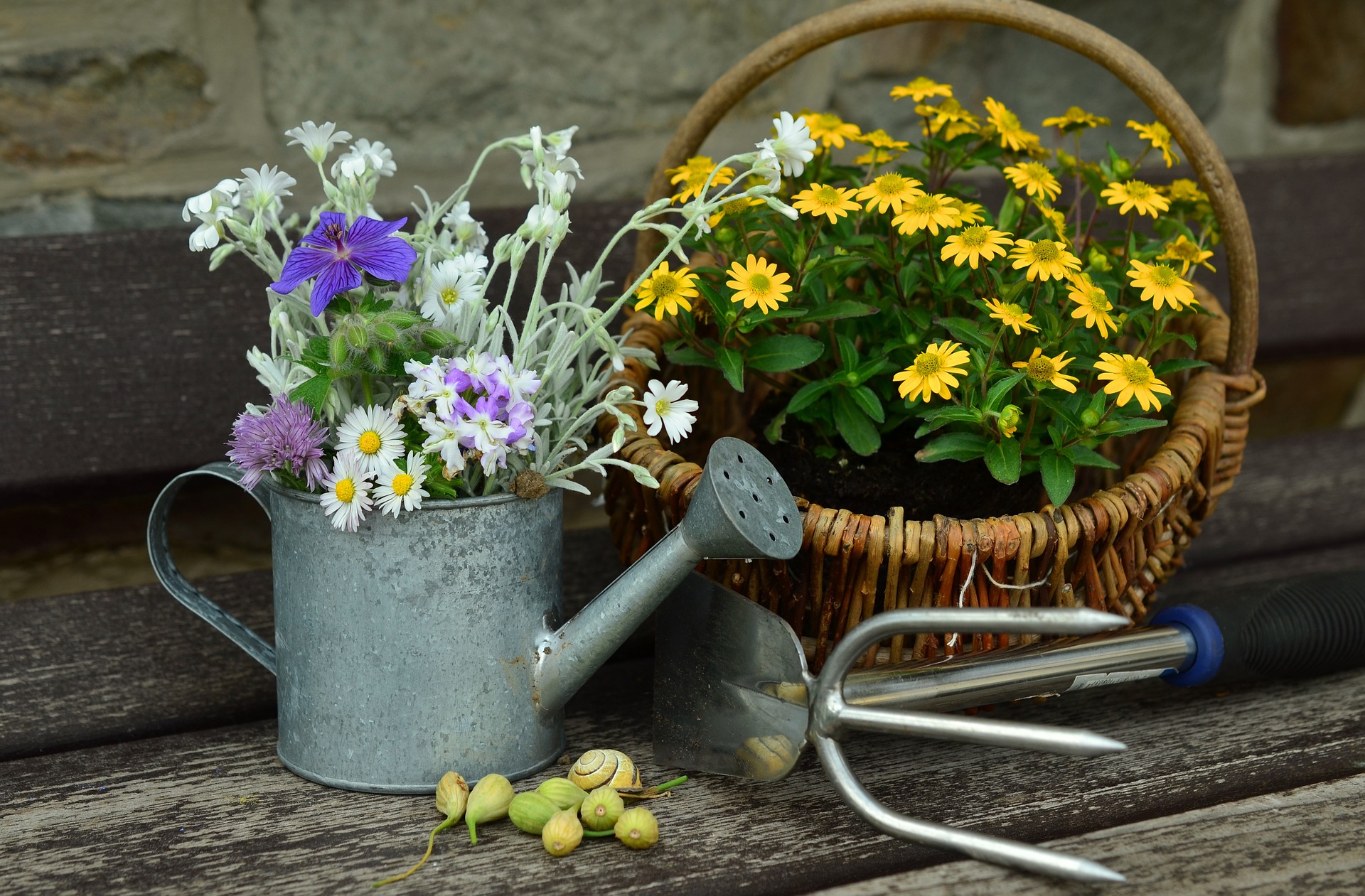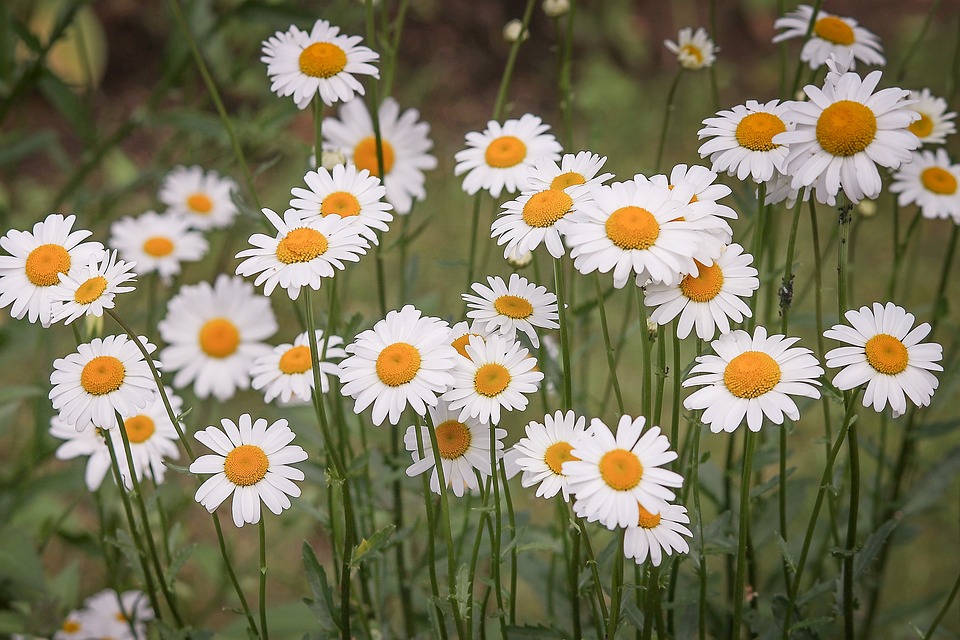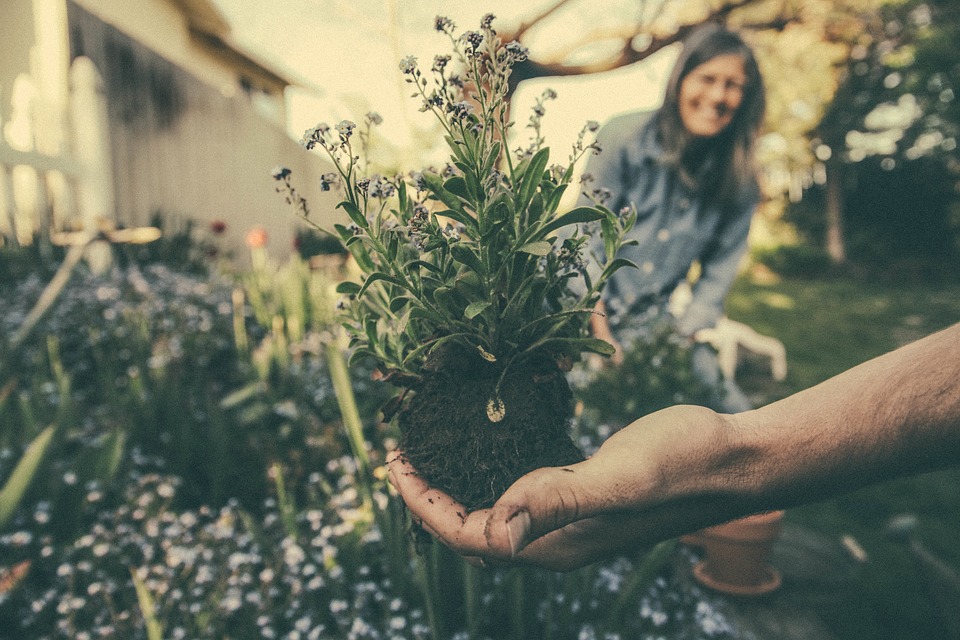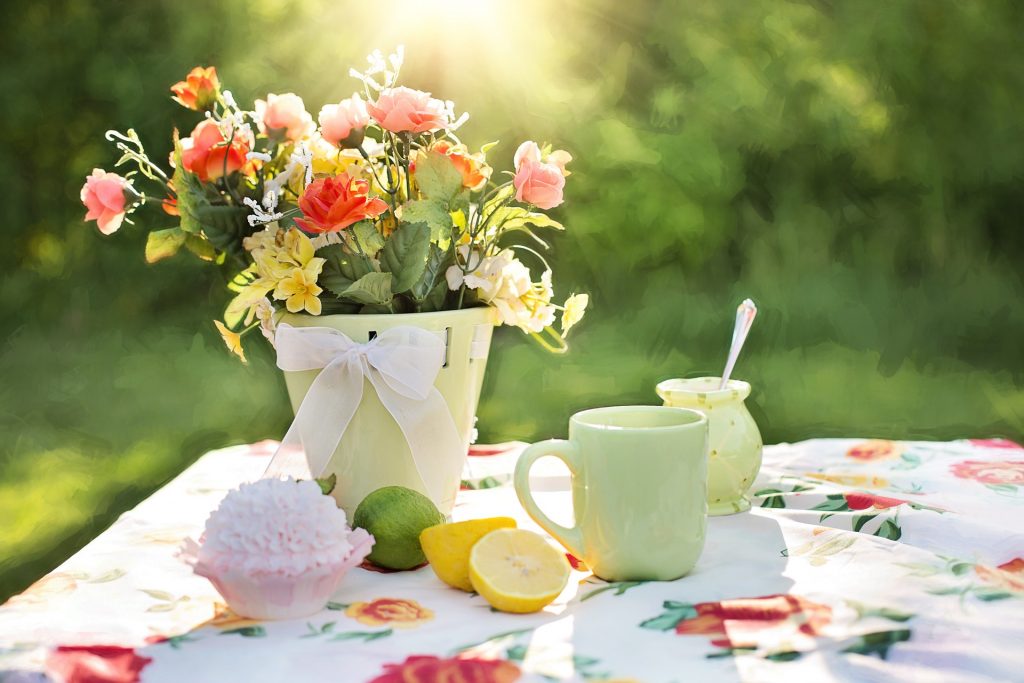
Setting up a garden is not an easy job and is a lot of hard work. After having invested all that time and putting in so much effort to create your perfect garden, I’m sure you don’t want to watch it all go down the drain!
Unless you are willing to put in the continuous effort and dedicate enough time in regular maintenance, it’s highly likely that all your hard work will go in vain. There are several things you can do to ensure that your garden stays healthy:
General Care
1. Watering
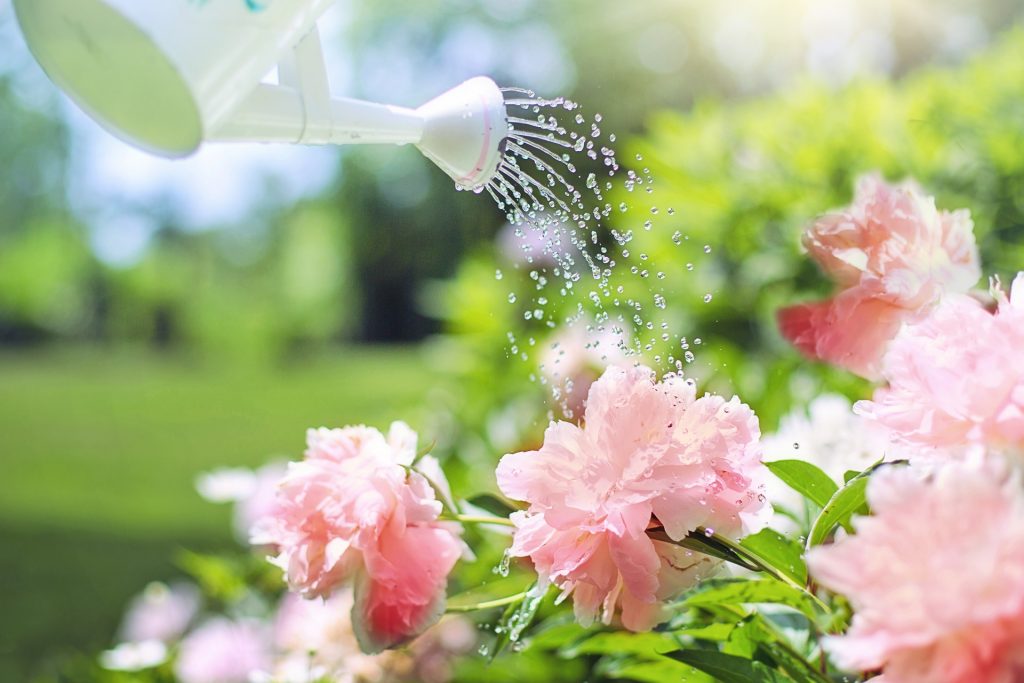
While consistent watering is crucial, you don’t want to flood the plant. You can use sprinkler systems, drip irrigation or a soaker hose to ensure your plants get the right amount of water.
2. Mulch
Apply mulch to prevent the soil from eroding, reduce diseases and to improve retention of moisture.
3. Take Care of the Soil
Feeding the soil with compost and manure helps in promoting the growth of plants that are more capable of resisting insect and disease problems.
4. Weeding
The problem with weeds is that they are a perfect breeding ground for insects and disease. They are also nutrient hungry and will sap away all of the necessary nutrients and water that your plants need.
5. Use Clean Tools
Routinely disinfect your tools to ensure that you don’t spread disease from one plant to another.
Take Care of Flower Plants
1. Ensure Your Plants Get Enough Sunlight
Every plant requires a certain amount of sunlight to bloom and grow properly. Make sure you know the light requirements of the plants in your garden and establish your garden in such a way that these plants get enough sunlight.
2. Prevent and Control Pests
Barriers and pesticides can help you protect your plants from a range of pests. Barriers can be helpful against hedgehogs for example. Rainproof pesticides, on the other hand, are better suited to manage other pests such as mites, aphids, whiteflies, gnats, leaf miners, Japanese beetles, rose midge, and other bugs.
3. Prevent and Control Diseases
Diseases are as harmful as pests and must be managed properly. Whether it’s anthracnose, bacterial leaf spot or white rust, there is a wide range of chemicals that can prove to be helpful. Talk to an expert[VP1] to find the appropriate fungicide, bactericide, or virucide that can eradicate the disease-causing microorganisms.
4. Don’t Let Animals Near Your Plants
If you have a bunny at home, you want to make sure you protect your plants from them. Your furry little friend loves flowers and is highly like to feed on the foliage. Even though dogs and cats are not big fans of flowers as bunnies are, their playful nature makes them just as dangerous. Consider installing a barrier around your plants to provide maximum protection.
5. Pinch Your Plants
Pinching is a process that involves removing stem tips and is recommended when you want to encourage branching and promote the formation of more flowers. Pinching back plants can actually encourage lateral growth and promote good shape.
6. Prune Your Plants
Pruning has nothing to do with promoting growth and is instead about controlling the growths of plants. Because it involves managing overgrown branches, pruning can help achieve uniform heights and compact shapes.
7. Thin Your Plants
Thinning is necessary when there is not enough space in your garden for all the flowers you’ve planted. This process involves the removal of excess plants so as to create room for the growth of the remaining plants.
8. Cull Your Plants
Culling is another process that you must consider if your garden lacks space. Culling is the removal of inferior, weak, infested or diseased plants to give more room for the remaining plants to grow and to control pests and diseases.
9. Stake the Weak Stem Plants
You may need to provide support to plants with weak stems or plants that must grow in a specific direction. Staking can do just that: It involves tying the stem of the plant to a rod or stake that has been fixed in the ground.
10. Remove Old and Dead Flowers from Your Plants
This process is called ‘deadheading’ and is a tried and tested method of encouraging more blooming in plants and even prolonging the blooming period. It does not require a lot of tools either, you can do this using your fingers only. A shearing tool is helpful if there are too many old or dead flower heads to remove.
Bottom Line
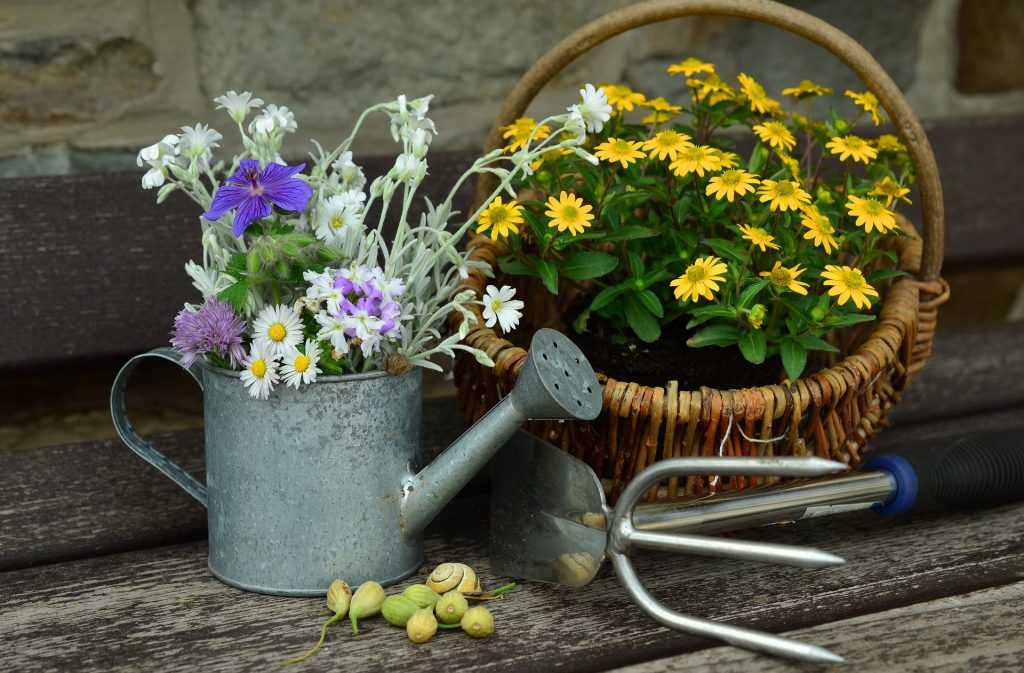
If you want your garden to always look picture perfect, you must be willing to invest time in it. If you already have a busy schedule and don’t think you’ll be able to take care of the garden on a daily, or weekly basis, consider contacting a company that can help you with this.
